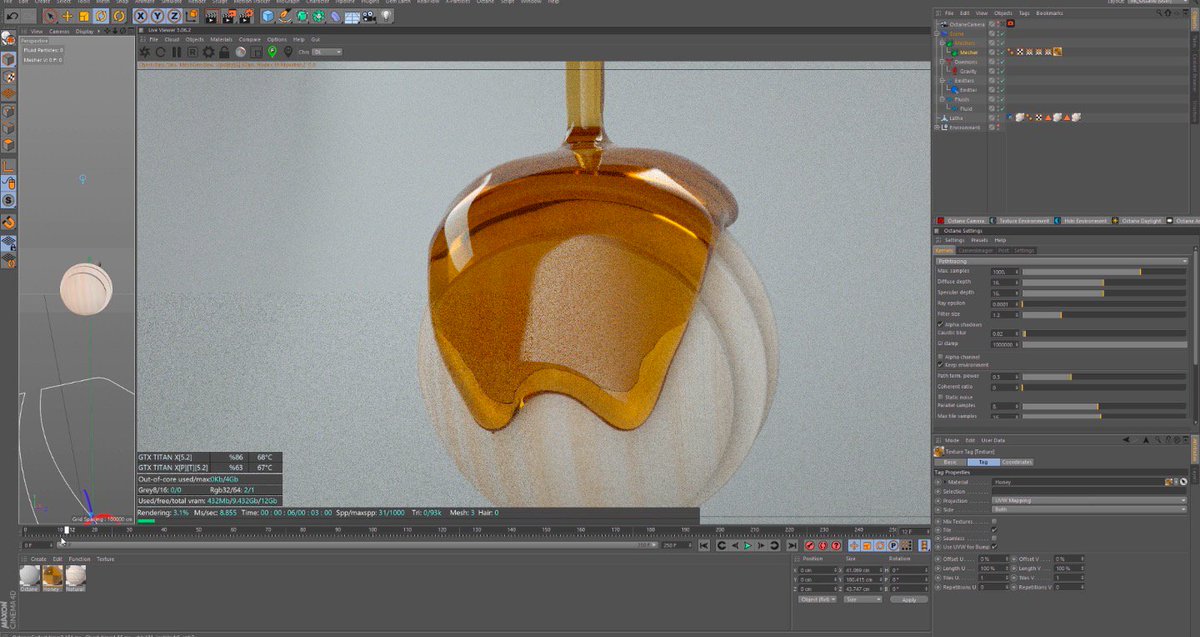

Maybe you will get different results, because you work with other values, masses, or scales. This is something that cannot be achieved with pre-assembled project files where you just take a look at the settings and hit simulate. We do not provide ready-to-use scenes for download and this, of course, has a good reason: we want you to follow the lessons' steps and try to find your own solution, play with the parameters, and get a sense of achievement. There are screenshots and rendered images to give you a better idea of the final results.
REALFLOW TUTORIAL HOW TO
The “Setup” section tells you how to create the basic scene, followed by more specific subchapters where you are instructed how to fine-tune the nodes' parameters. You also get information about where to find the scene's nodes and how to import external objects. There is also a common section, telling you how to position, scale, or rotate nodes. In the first section you get an overview about the tutorial's goals and contents, together with a list of the required nodes. The lessons share exactly the same format. RealWave surfaces and rigid body dynamics. As a result, the particles do not interact with the geometry. All relevant topics are covered: Some of the tutorials also combine different technologies, e.g. Maybe even experienced long-time users will find a few tips for their daily work. 03 Select the object and set it inactive and invisible. In this section you will find a series of beginner tutorials to support your first steps with RealFlow. 02 For this tutorial we use a Cross object, but you can use any 3d model you want. Some of the tutorials also combine different technologies, e.g. 01 Create a Fill Object emitter (Dyverso). Rigid and soft body dynamics (“Caronte”).In this section you will find a series of beginner tutorials to support your first steps with RealFlow.


 0 kommentar(er)
0 kommentar(er)
